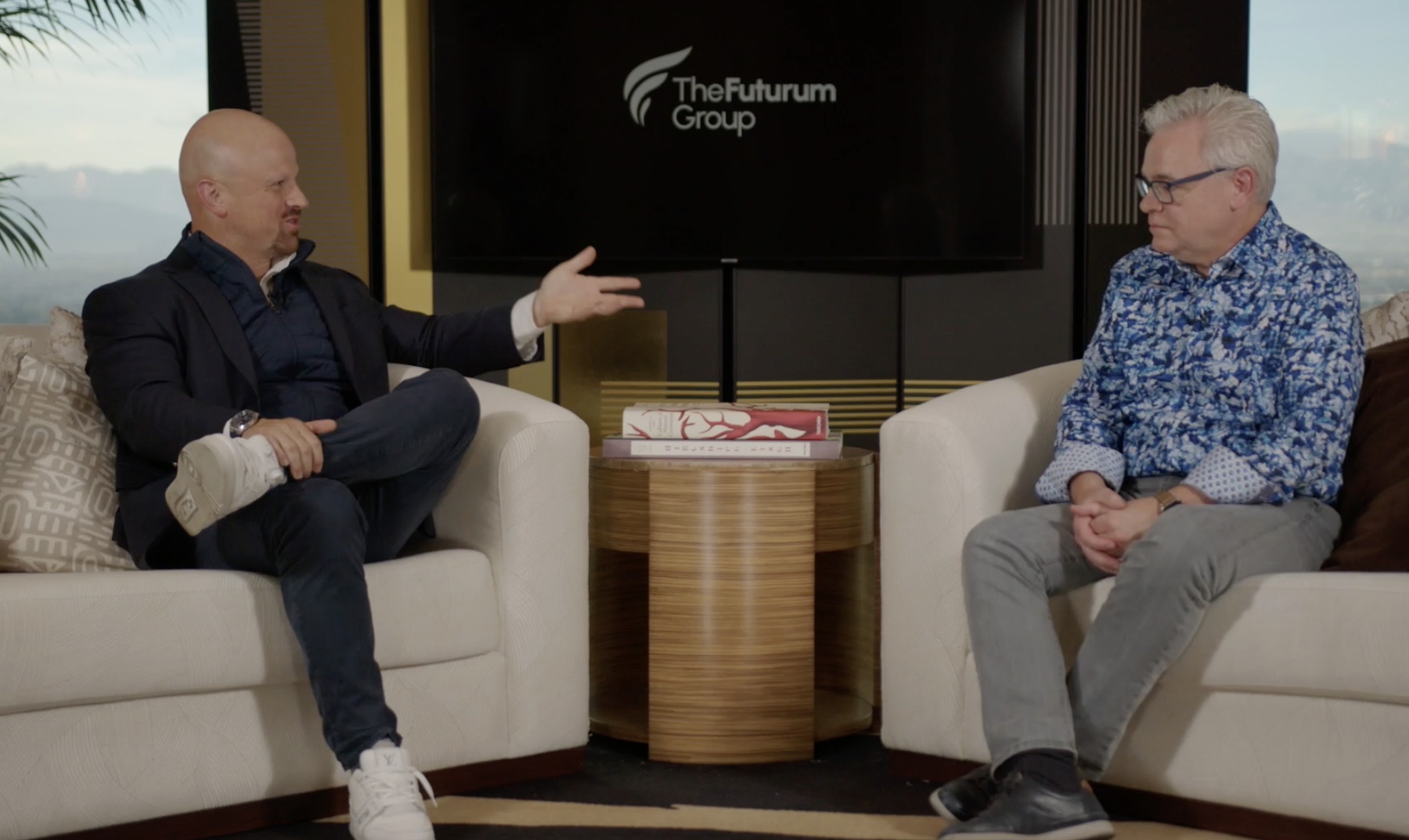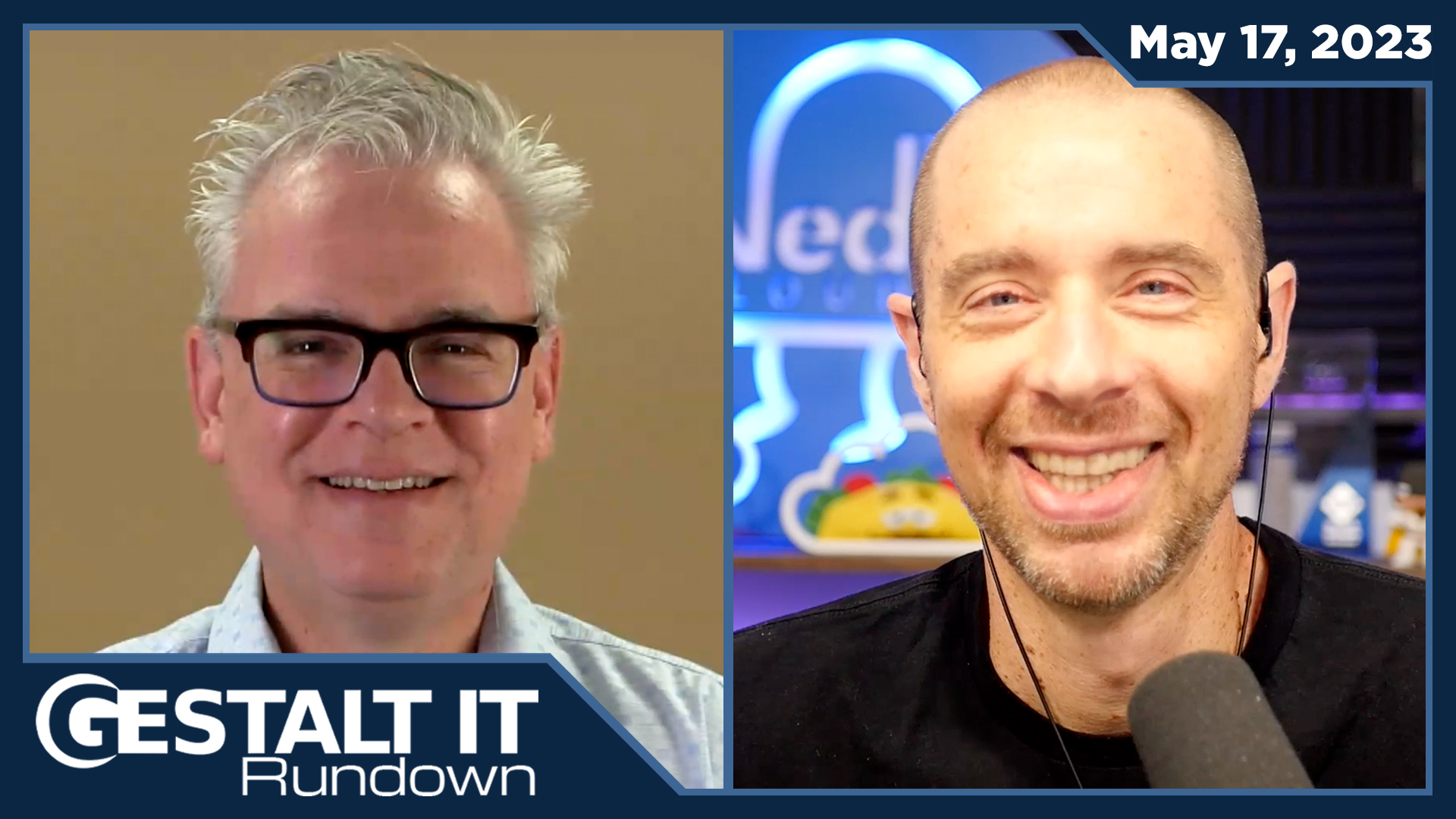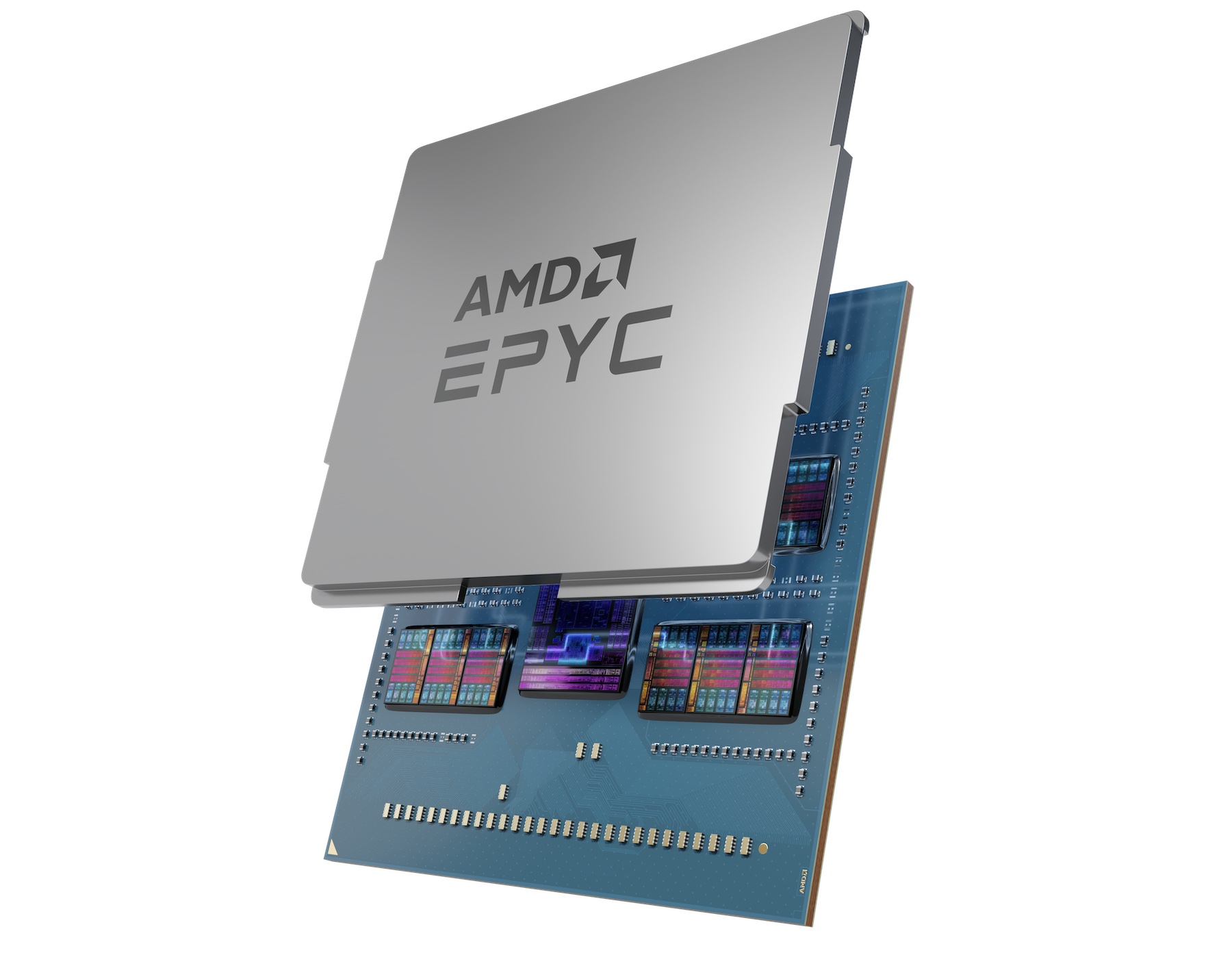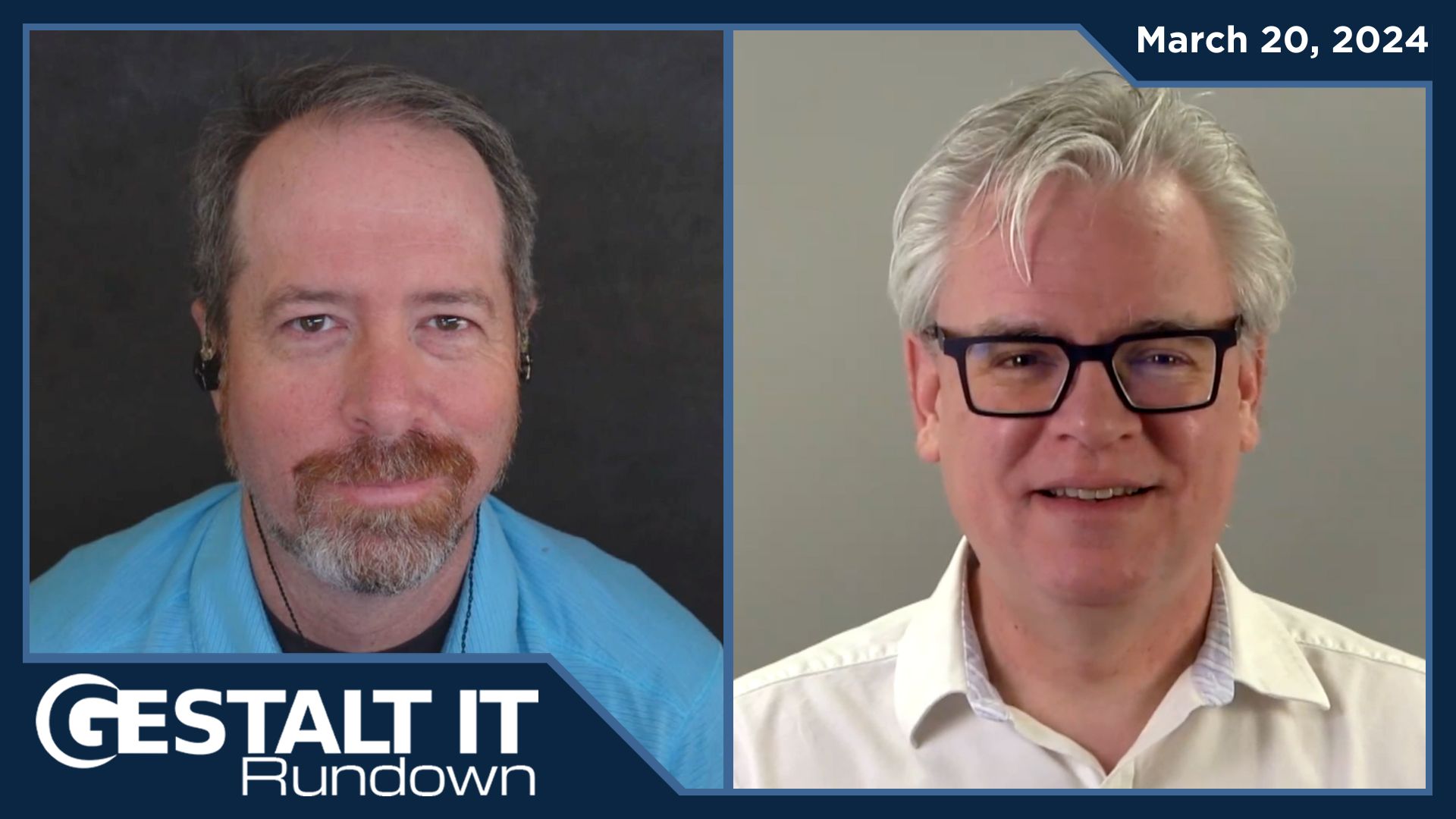Inside the labs of the biggest tech companies, a profound change is underway. Industry behemoths like Apple, Google, Microsoft, Meta and Amazon, all have launched their respective brands of custom silicon chips in the past few years. These specialized chips offer a set of highly-coveted capabilities – crunching data, solving math problems, identifying graphics and audio, and replicating human understanding. In essence, these offer everything that companies are going to need to power their AI deployments.
We sat down with Daniel Newman, analyst, author and CEO of The Futurum Group, to get inside the minds of these tech powerhouses.
Chip Innovation Gathers Steam
As the competition is heating up, more and more companies are developing home-grown silicon to boost their computing performance. At AWS re:Invent, AWS launched Tranium2. But the promotion of NVIDIA superchips alongside Tranium struck as curious to many.
“It’s an interesting inflection,” says Mr. Newman. “AWS has been born as a company that’s set and serving the customers, and meeting them where they are. It has always had a variety of offerings. When it was just merchant, it was all the Intels and AMDs, and over the years, it’s had all of the NVIDIA instances for AI.”
Does this shift forebode a stormy road ahead for the niche players like Intel and AMD? Are these proponents of AI boom set on a collision course with the trillion-dollar tech companies that are entering the game?

“It’s not a personal vendetta. AWS is just saying, if you want NVIDIA, get it here. But, we also have built a really high-performant, very power-efficient, piece of silicon that can do training or in some cases, traditional computing. So, it’s an interesting evolution that we’re watching. But I don’t think these companies are butting heads. It’s coopetition, and both are doing what’s best for them – that’s what we’re seeing here,” assures Mr.Newman.
Two things working behind this trend are vertical integration, and the rise in semiconductor sales in the past few years as the industry entered the AI training phase.
“We’re seeing this training boom, and the way AI is being bought. But, it’s only a few companies that have all the density. Deployments are very small right now. Part of the reason we’re seeing slowdown in some sectors is because people bought all that equipment. Now they’re deploying it, and trying to implement the networks that can support all this AI.”
As the selection of lean and efficient semiconductors is on the rise, what’s going on in the customers’ minds? We asked Mr. Newman. “The strategy as it pertains to how companies will decide is like buying a car. You can get a car that’s faster than a Ferrari. Does this mean no one will ever buy a Ferrari again? People still buy Ferraris,” he replied.
Contrary to expectations, customers aren’t always keen on chasing after the latest and greatest products. Intel has held its lead despite AMD’s stiff competition, he pointed out.
There is a technical barrier to adopting new chips. “Refactoring workloads, and moving from one piece of silicon, even from x86 to x86, does not take zero work. When it’s a heavy human lift to move, companies say, we’re going to stick this.”
Especially if the performance difference is not substantial, upgrading is not a rewarding prospect, and customers’ are known to choose ease and convenience over brand loyalty.
However, the tension between manufacturers like AMD and Intel – the archnemeses – will prevail as it has for many years. But it is unlikely to leave anyone in the lurch, because the market has expanded proportionally with the explosion of IoT and AI.
“The total market addressable by the chip companies is substantially larger. So even if Intel doesn’t gain share, they can still grow,” said Mr. Newman.
Amid the surge in chip innovation, a decade old chip design, RISC-V is gaining popularity. RISC-V serves as the blueprint for designing an assortment of chips for datacenter servers, consumer laptops and IoT devices. It is free and heavily customizable, which means, as more companies go down the custom silicon route, it is going to be a low-hanging fruit.
“Arm has a much narrower set, very few architectural license that’s being given anymore, and companies that can do that tend to be massive, like Apple,” he reminds.
By contrast, RISC-V offers an openness and extensibility that few can match. In addition to a zero licensing fee, it allows customers to narrowly target a gamut of AI and general end-applications.
A lot of companies have quietly switched out proprietary chips for RISC-V in the recent years. And as Mr. Newman points out, at the end of the day, end-users really don’t care what chips are working inside their gadgets, and as long as they don’t care, it can be anything.
Watch Stephen Foskett in conversation with Daniel Newman at AWS re:Invent 2023. Also check out The Six Five Webcast where Mr. Newman cohosts weekly sessions on a range of industry topics and trends.




